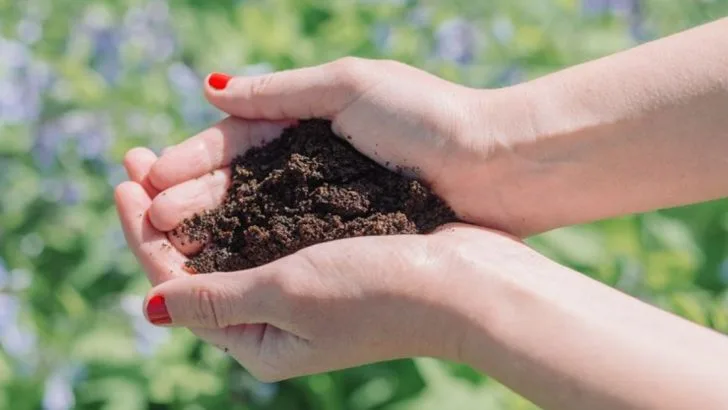When it comes to gardening, not all advice is created equal. Some well-meaning tips are actually myths that can do more harm than good to your plants — and many gardeners follow them without even realizing it.
In this article, we debunk 9 common gardening myths that could be holding your plants back. From misunderstood watering techniques to outdated soil practices, learning the truth can help you create a healthier, more vibrant garden.
It’s time to separate fact from fiction and give your plants the care they truly deserve!
Myth 1: Watering Daily is Essential
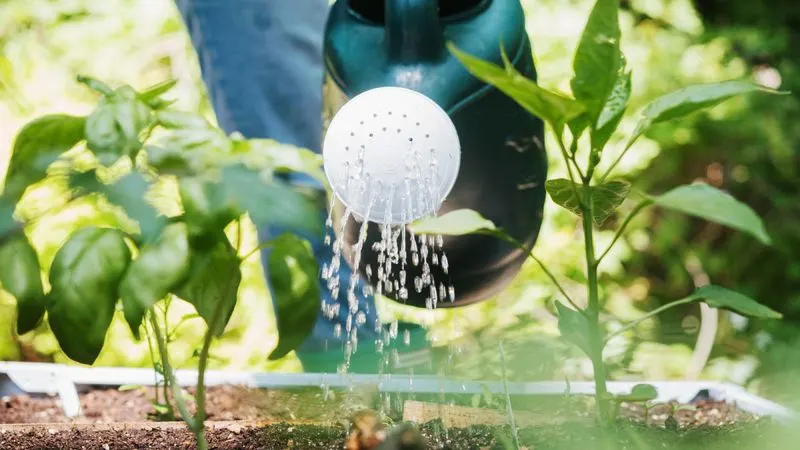
Some believe that daily watering is necessary to keep plants healthy. However, this can lead to overwatering, which drowns roots and stunts growth. Observing soil moisture levels is vital before watering again. Each plant has unique water needs; for instance, succulents thrive in drier conditions. Inconsistent watering can be more effective, allowing the soil to dry partially between sessions. Pay attention to weather conditions and plant type to determine the best watering schedule for a thriving garden.
Myth 2: All Bugs are Bad News
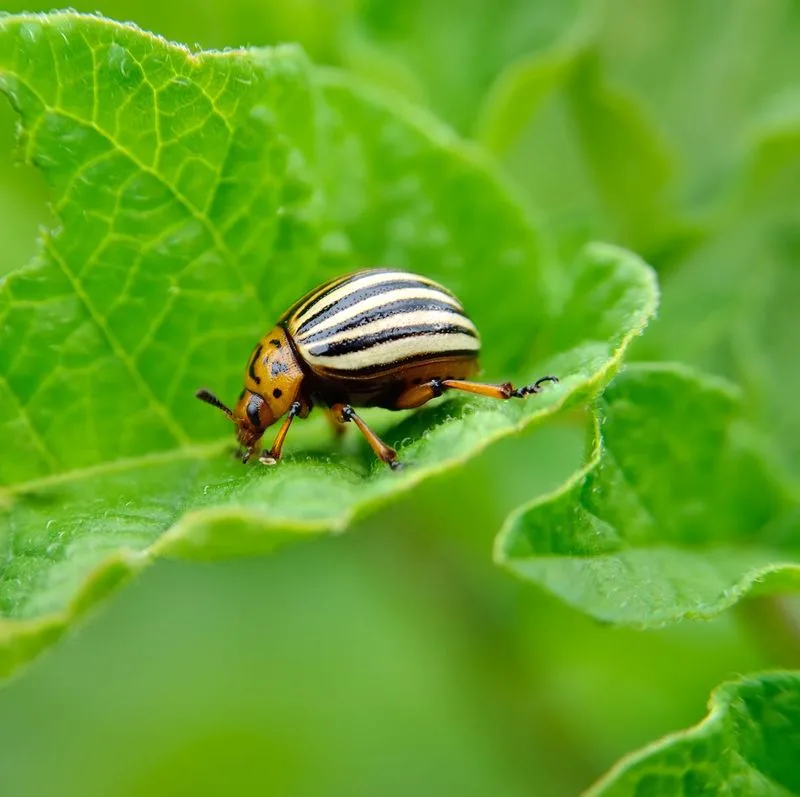
The sight of bugs in the garden often causes alarm, but not all are foes. Beneficial insects like ladybugs and bees play crucial roles in pollination and pest control. These tiny allies reduce the need for chemical interventions. By understanding the role of different insects, gardeners can promote a balanced ecosystem. Introducing plants that attract beneficial bugs is a natural way to protect crops. Thus, embracing a bit of buzzing life can lead to healthier plants and less reliance on pesticides.
Myth 3: Bigger Pots Mean Bigger Plants
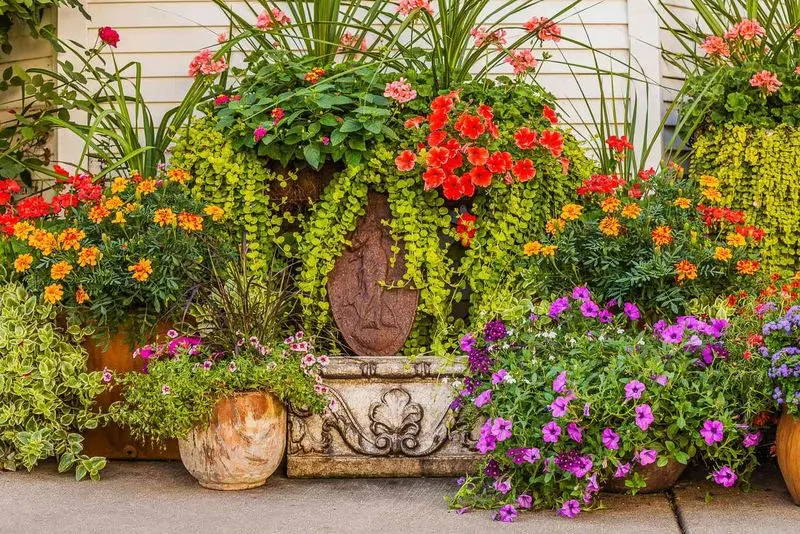
Choosing pot size is an art, not a straightforward task. Oversized pots may lead to root rot because excess soil retains too much moisture. Small plants can become overwhelmed by large containers. It’s crucial to match pot size with plant needs, providing enough space for root growth without causing waterlogging. As plants grow, gradually increasing pot size supports healthy development. This approach mimics natural environments, fostering better growth without the risk of drowning roots in too much soil.
Myth 4: Pruning is Harmful
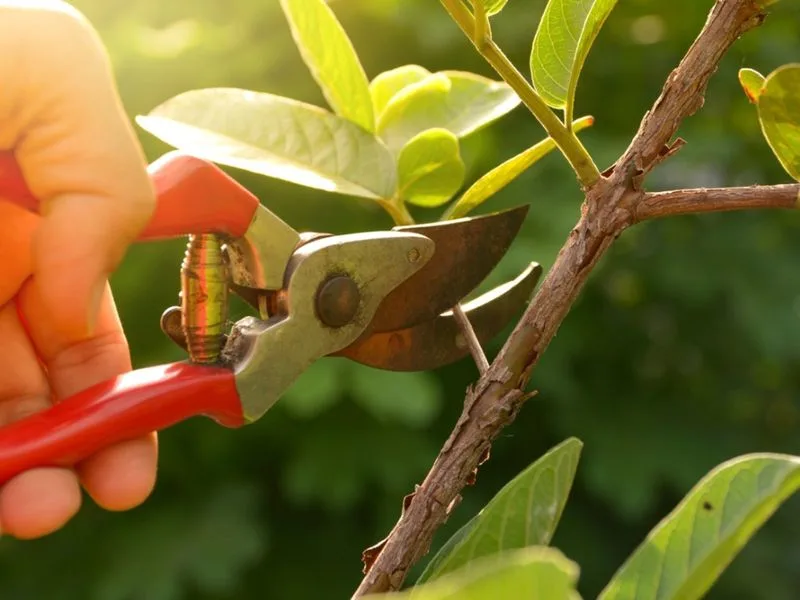
Pruning is often misunderstood as damaging to plants. In reality, strategic cutting encourages new growth and removes dead or diseased parts. Timing is crucial; pruning in early spring or during dormancy is usually best for most species. Properly pruned plants are often more vigorous and produce more blooms or fruits. Tools should be clean to avoid spreading disease. Regular pruning also helps maintain shape and size, ensuring a garden full of thriving plants that are pleasing to the eye and healthy too.
Myth 5: Fertilizer is Always Necessary
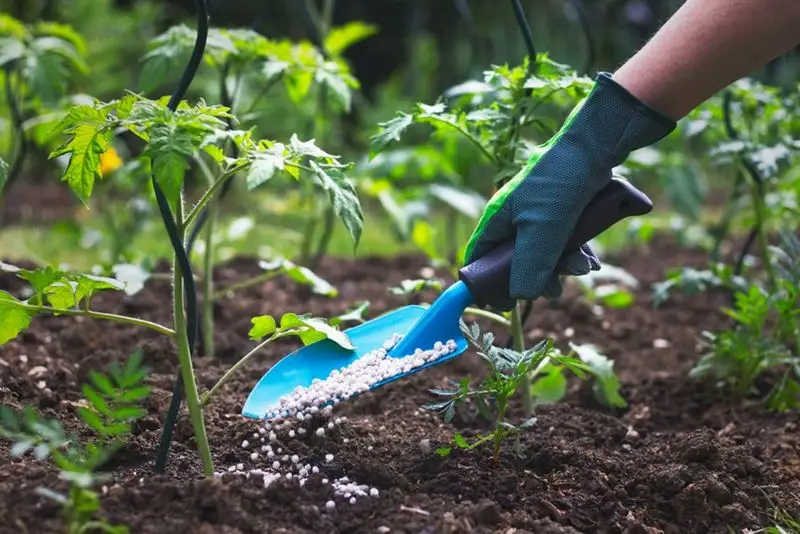
Fertilizers are seen as a panacea, but overuse can harm plants and the environment. Understanding soil needs and using natural compost can often suffice. Excessive fertilizer can lead to nutrient burn and disrupt soil microorganisms. Testing soil before application ensures it needs extra nutrients. Incorporating organic matter like compost enhances soil structure and fertility naturally. This sustainable approach promotes a robust growth environment, reducing dependency on chemical fertilizers and fostering a healthier garden ecosystem.
Myth 6: Coffee Grounds are Universal Plant Food
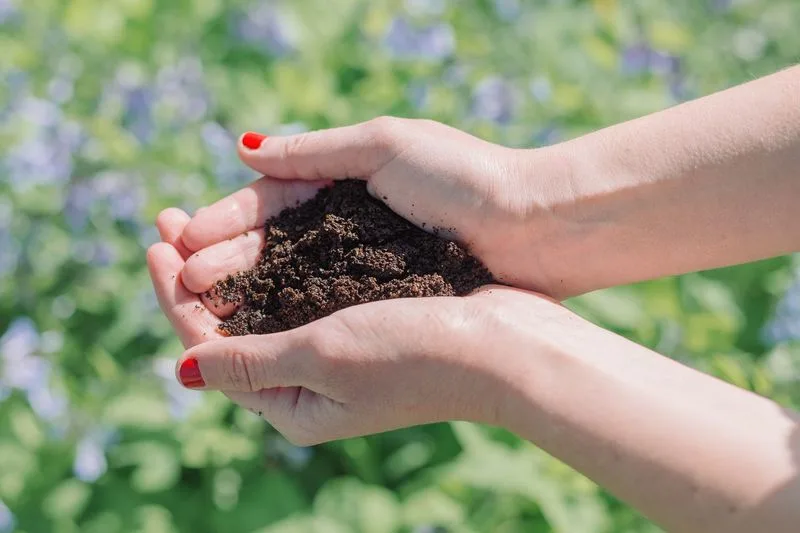
Coffee grounds are often touted as a universal plant booster. However, not all plants benefit from them. Some plants may suffer due to the acidity and caffeine content. It’s crucial to research plant-specific needs before using grounds. They can deter pests and improve soil structure but should be used sparingly. Mixing with compost dilutes potential negative effects, making them more beneficial. Gardeners should assess their plant’s preferences to ensure coffee grounds contribute positively to their garden.
Myth 7: Talking to Plants Boosts Growth
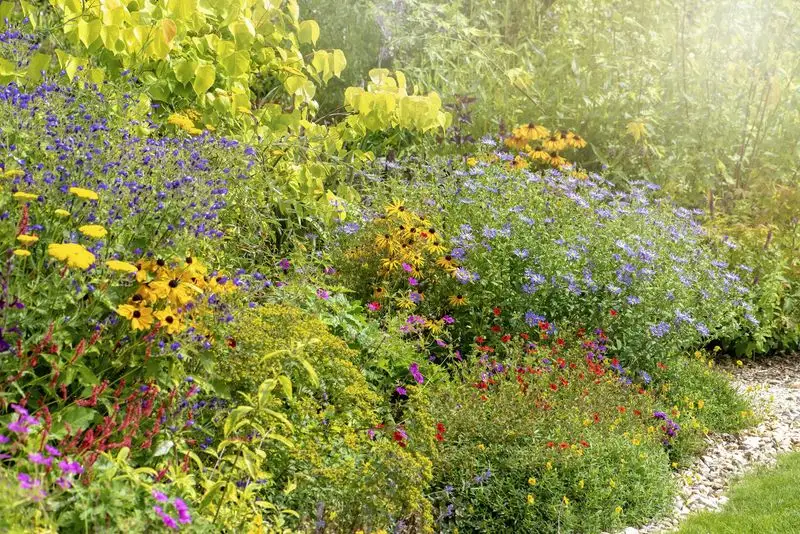
Many gardeners chat with their plants, believing it enhances growth. While talking may feel rewarding, scientific evidence suggests it’s the increased carbon dioxide that benefits plants. During conversation, CO2 levels rise slightly, aiding photosynthesis. This indirect benefit is minimal compared to proper plant care. While the emotional bond may strengthen, tangible growth improvements come from soil quality, water, and light conditions. Engaging with plants through attentive care rather than conversation ensures a thriving garden.
Myth 8: All Weeds are Bad for Your Garden
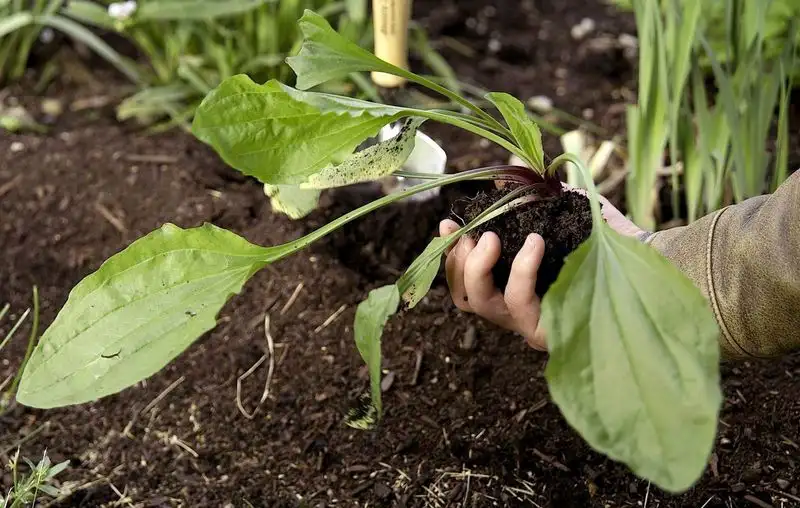
Weeds are often viewed as garden villains, yet some offer ecological benefits. Certain “weeds” like clover enrich soil with nitrogen. Others attract beneficial insects, promoting pollination and pest control. Understanding which weeds to tolerate or remove creates a balanced ecosystem. Regularly checking for invasive species is vital, but a few harmless weeds can coexist peacefully. Encouraging wildflower growth can add beauty and utility, transforming a garden into a vibrant haven for plants and wildlife alike.
Myth 9: More Sunlight Equals Better Growth
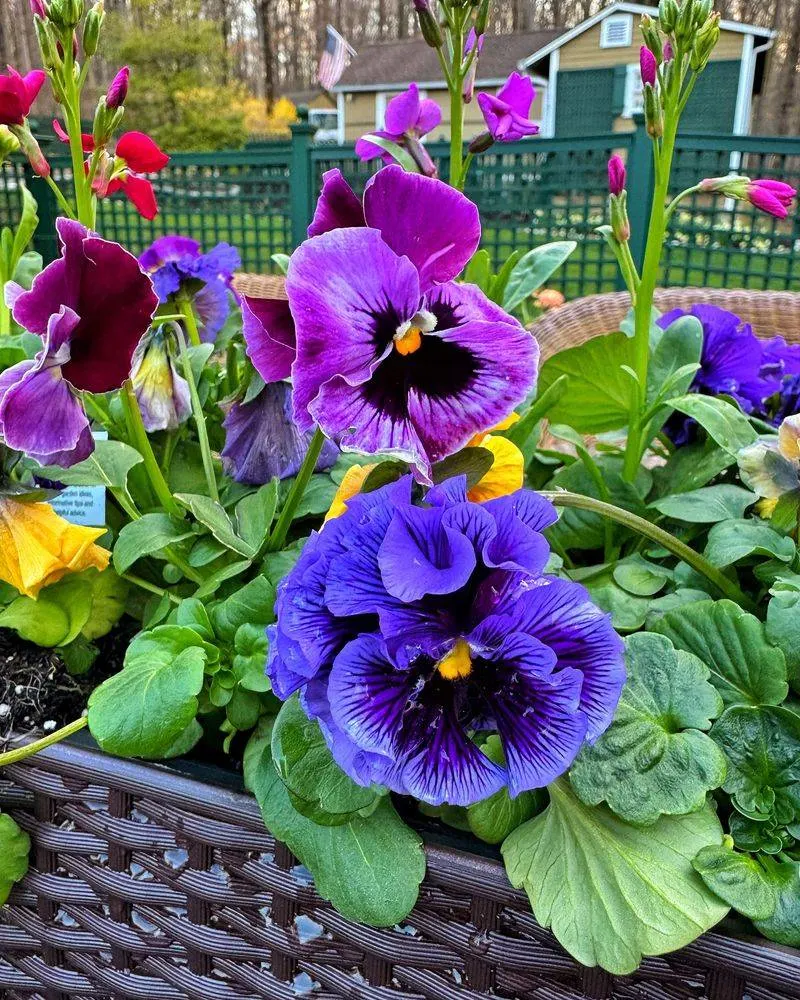
Sunlight is essential, but too much can scorch plants, especially shade-loving varieties. Understanding light needs is key; some plants thrive in partial shade. Excessive sun exposure can lead to wilting and stress. Tailoring garden placement to each plant’s preference ensures optimal growth. For instance, hostas and ferns prefer shady spots, while succulents and cacti bask in full sun. Balancing light and shade cultivates a versatile garden that supports diverse plant life, each flourishing in its ideal conditions.

